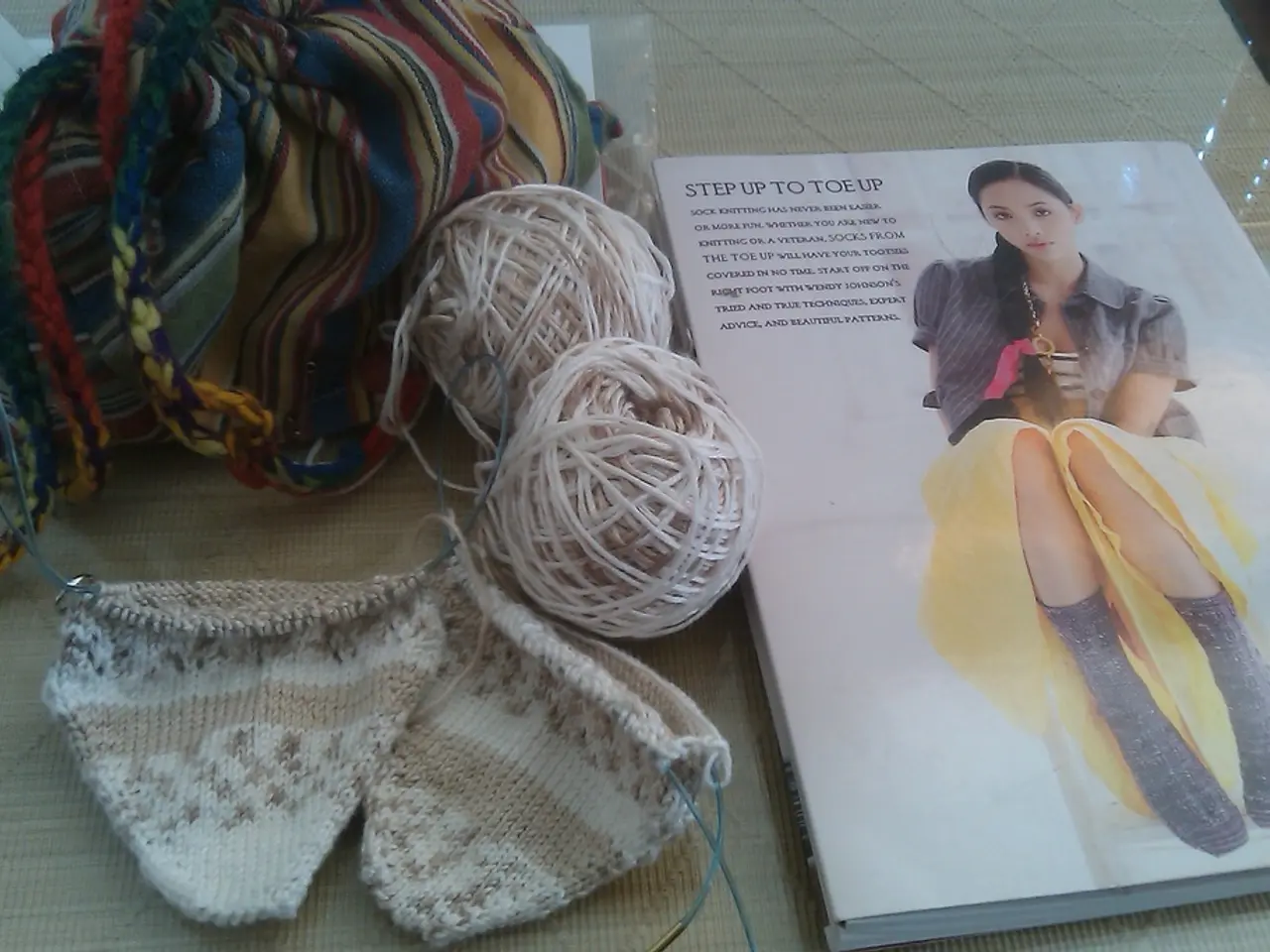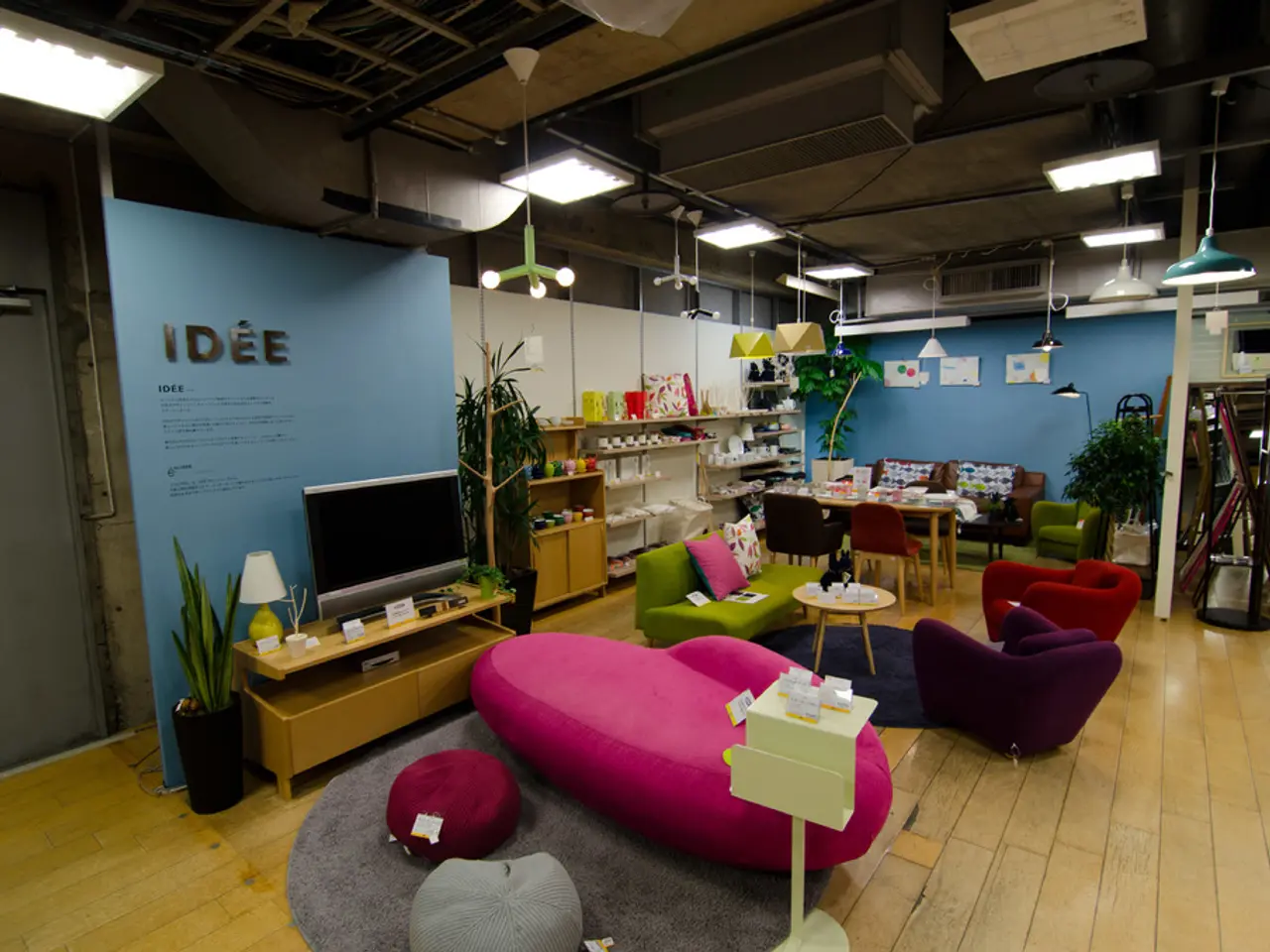Transforming Flax Seeds into Bed Linens in a Sequential Process:
In the heart of Europe, where cool, damp climates nurture lush landscapes, lies a traditional production process that transforms humble flax plants into the strong, breathable, and natural linen fabric. This eco-friendly journey, from sowing to weaving, showcases the environmental benefits of European flax linen, making it a desirable choice for those seeking a sustainable sleep experience.
### From Seed to Stalk
Sown in the fertile soils of Belgium, France, and the Netherlands, flax plants grow swiftly, requiring minimal water and no pesticides, thus minimizing environmental impact during cultivation. After approximately 100 days, the plants are ready for harvesting, a process that preserves the length and strength of the fibers by pulling them out of the ground rather than cutting[1].
Once harvested, the flax stalks undergo retting, a step designed to loosen the tough outer layer and separate the soft fibers inside. This can be achieved through natural means, such as soaking the stalks in water or dew retting in the field[1].
Following retting, the fibers are prepared for spinning through breaking, scutching, and hackling. Breaking and scutching involve crushing and scraping the dry flax stalks to remove the woody parts, leaving behind long, soft flax fibers suitable for linen[1][2]. Hackling, or combing, removes remaining impurities and short fibers, straightening and smoothing them for spinning[1][3][4].
### Spinning and Weaving
The prepared fibers are then spun into yarn of varying thickness, with advanced methods like wet spinning creating a fine finish[3]. The yarn is finally woven or knitted into linen fabric, renowned for its durability, breathability, and natural texture[1][3].
### Environmental Advantages
The production of European flax linen boasts several environmental benefits. Firstly, flax plants require significantly less water than other fiber crops, such as cotton, thereby reducing water consumption in farming[1].
Secondly, the cultivation of flax is generally pesticide-free, which lessens chemical runoff and soil contamination[1].
The biodegradable and renewable nature of linen further adds to its appeal. As a natural fiber, linen biodegrades without leaving harmful residues, and flax is a renewable resource that is harvested annually[1].
Moreover, linen fabric's exceptional strength and longevity contribute to its sustainability. The durability of linen reduces the need for frequent replacement, thereby lowering overall environmental impact[1].
The traditional retting methods and mechanical processes employed in the production of European flax linen avoid harsh chemicals commonly found in synthetic fabrics, making it an eco-friendly choice[1][2].
### A Sustainable Slumber Awaits
Embracing the rich heritage and eco-friendly qualities of European flax linen, a company has crafted a line of linen duvet covers and fitted sheets. These products are woven in the picturesque medieval town of Guimaraes in northern Portugal, where the weaving mill specializes in weaving flax linen and is certified under GOTS, European Flax®, and Oeko-Tex 100® Class 1[5].
The linen fabric is bleached in accordance with strict European environmental rules, favouring peroxide-based agents over chlorine. To create a soft and supple texture that doesn't require ironing, the fabric is washed using special softeners and enzymes[6].
In the end, the journey of European flax linen from seed to bed exemplifies a sustainable approach to textile production. Its low water and chemical use, biodegradability, and longevity make linen an eco-conscious textile choice, offering a comfortable and sustainable sleeping experience without compromising on sustainability[1][2][3].
In the fledgling market of eco-friendly fashion-and-beauty and home-and-garden products, European flax linen emerges as a prime option for those seeking a sustainable lifestyle. With its low water consumption, minimal pesticide use, and biodegradable nature, the production of European flax linen not only minimizes environmental impact but also highlights the environmental advantages it provides, making it a desirable choice for the savvy consumer.




